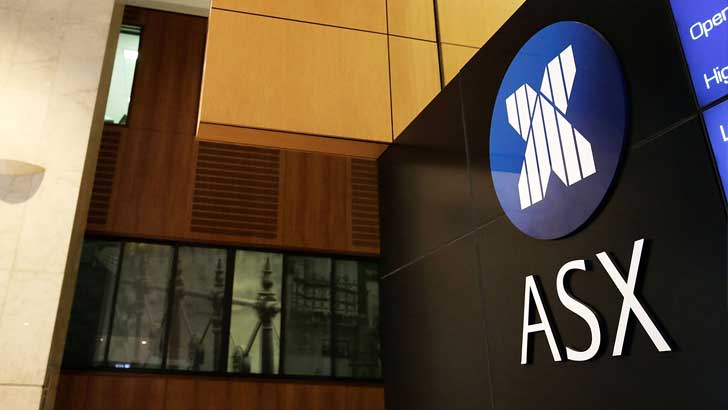This week's best and worst performing stocks
By Dale Gillham
While most of us have probably dreamt of launching an app or product that attracts the masses, many start-ups have achieved just that with some going from the garage to corporate offices in a matter of years, often without any profitability.
While these start-ups have attracted significant capital in the past, it would seem that the good times of obtaining funding are over, and I don't believe they're returning anytime soon.
While the challenges may vary based on industry, location and other factors, there are some common reasons why start-ups are finding it difficult to obtain funding. This includes rising capital costs, economic uncertainty, and the cohort of retiring baby boomers.
Not to mention that Australia is very poor at supporting innovation from angel investors and other funding areas that are, in my opinion, way too risk averse. Let me explain.
Rising capital costs due to increasing interest rates are a double-edged sword for start-ups looking to secure debt financing as it reduces what they can borrow and increases the amount they need to manage expenses, such as product development, marketing and operational costs.
Higher capital costs can also influence the valuations of start-ups as financiers are more conservative in their valuations resulting in start-ups being valued at lower levels. Further, with economic uncertainty comes tighter credit markets as investors become more risk averse.
As start-ups are inherently risky ventures, investors may be more reluctant to allocate funds to these high-risk investments, preferring more stable and established opportunities.
We also have a large portion of the population either moving into or already in retirement. As more baby boomers retire, their investment needs tend to change as many shift their investment portfolios from higher-risk assets to more conservative investment options.
This leads to a decrease in demand for riskier investments and, therefore impacts the availability of capital for start-ups.
However, there is a ray of hope emerging from millennials. This generation, born between 1981 and 1996, makes up around 21.5% of Australia's population.
As they age, gain professional experience, and accumulate wealth, they will become formidable in the capital markets.
Once they reach their 40s and increasingly participate in investment activities, we can expect more interest in higher-risk ventures such as start-ups. This shift is expected to bring a new wave of capital injection into the market over the next one to two decades.
With all this said, it does not mean it's impossible to secure funding in the current environment, as alternate avenues are available for start-ups, such as crowdfunding or applying for government grants.
Having a strong team, a solid business plan, a proven track record, and a plan for scalability will also go a long way in a start-up's financing journey.
If you're someone who likes to take risks, you might like to keep an eye out, and a mind open to helping Australian innovators become the next rising star.
What are the best and worst-performing sectors this week?
The best-performing sectors include Information Technology, up more than 3%, followed by Healthcare, up more than 2% and Consumer Discretionary, up more than 1%.
The worst-performing sectors include Energy and Utilities, down more than 2%, followed by Materials, which is just in the red.
The best-performing stocks in the ASX top 100 include Evolution Mining, up more than 11%, followed by Northern Star Resources, up more than 10% and Harvey Norman Holdings, up more than 9%.
The worst-performing stocks include AGL Energy, down more than 5%, followed by Mineral Resources, down more than 4%, and Origin Energy, down more than 3%.
What's next for the Australian stock market?
This week has followed what seems to be normal behaviour for our market where it trades in one direction early in the week only to reverse direction later in the week.
This is exactly what occurred this week given that the market initially fell 0.7% before rising nearly 1.5% as of writing.
In the past couple of weeks, I have mentioned that I was more positive yet still cautious as we needed to see the All Ordinaries Index rise into the coming week and beyond.
The good news is that this is what seems to be occurring right now.
That said, there are two things that need to occur for me to be more positive. The first is that the market needs to close high today, and secondly, the price needs to continue to rise into next week above 7334 points.
If the market fails to achieve both points, we need to continue to be cautious for a little longer and avoid the temptation of FOMO.
One thing I know for sure is that the stock market will teach you patience.
Unfortunately, those who have not been so patient have probably lost money or been highly challenged, especially in recent times. If the market does rise into next week, your patience will be well rewarded as there are many stocks presenting some great opportunities in the medium term.
Get stories like this in our newsletters.



